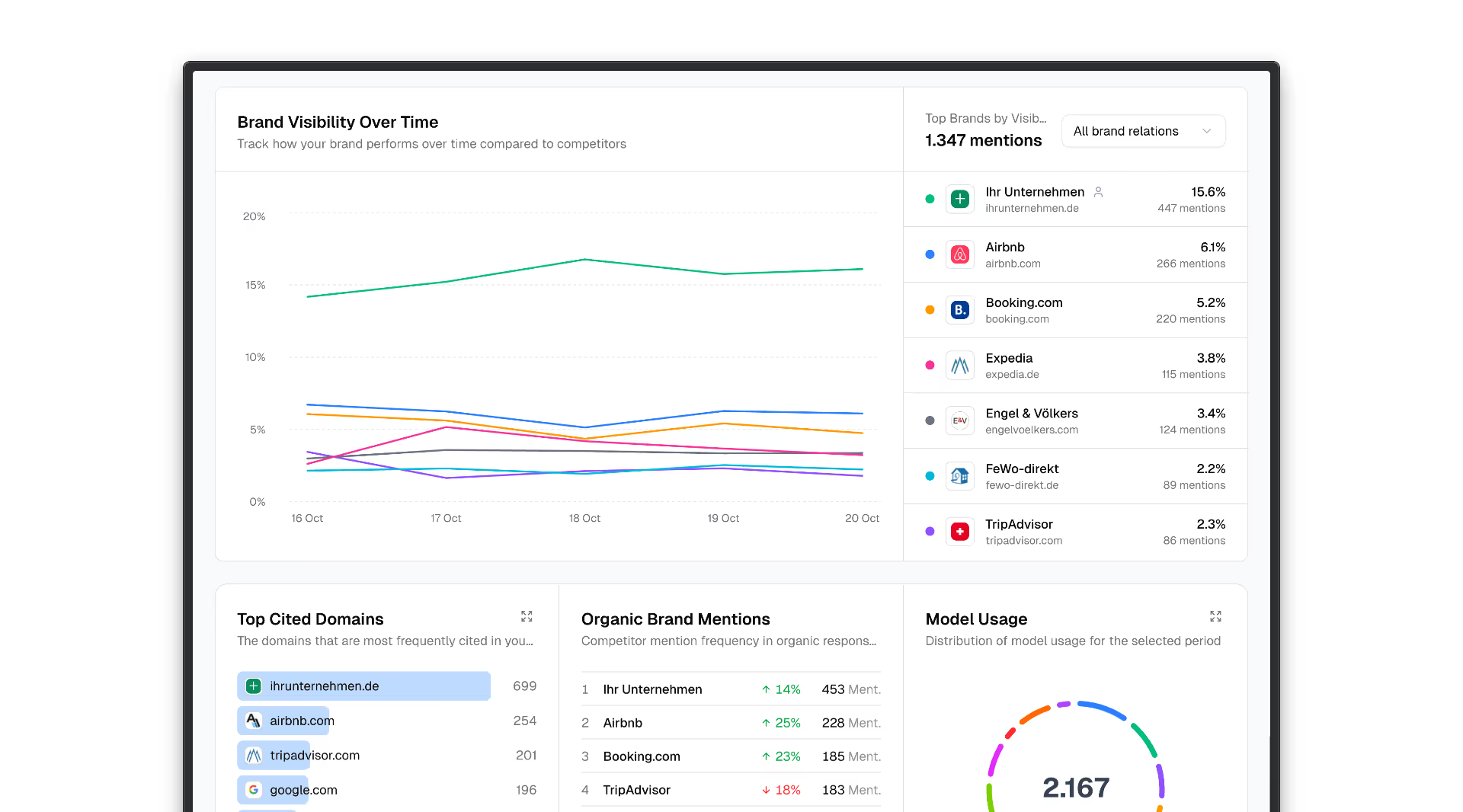What is A/B testing?
A/B testing, also known as split testing or A/B/n testing, is a popular method in marketing and web development that involves comparing different versions of a web page, ad, or email. The aim is to identify the best possible version by analyzing user behavior.
Key elements of A/B testing:
- Create variations:
The original version is referred to as “A”, while alternative versions are named as “B”, “C”, etc. - Random user assignment:
Users are randomly distributed across the various variants to avoid systematic distortions. - Clear objectives:
A/B testing is often aimed at improving conversion rates, such as clicks, signups, or sales. - Measurement of results:
The performance of the variants is assessed using relevant key figures, including click rate, conversion rate, turnover and qualitative data such as user feedback. - Statistical significance:
Results should be statistically significant to rule out random effects. - Iterative process:
Successful variants can become the new standard version; new tests are then carried out to achieve further improvements. - Wide range of applications:
A/B testing is suitable for website design, email marketing, advertising, app development, and product optimization. - Ethics and data protection:
Protecting user data and complying with ethical standards are fundamental requirements.
Recommended A/B testing tools:
- Google Optimize
- Optimizely
- VWO
- Webflow Optimize
- AB Tasty
- Convert
A/B testing is an essential tool for making data-driven decisions and sustainably optimizing the user experience.
